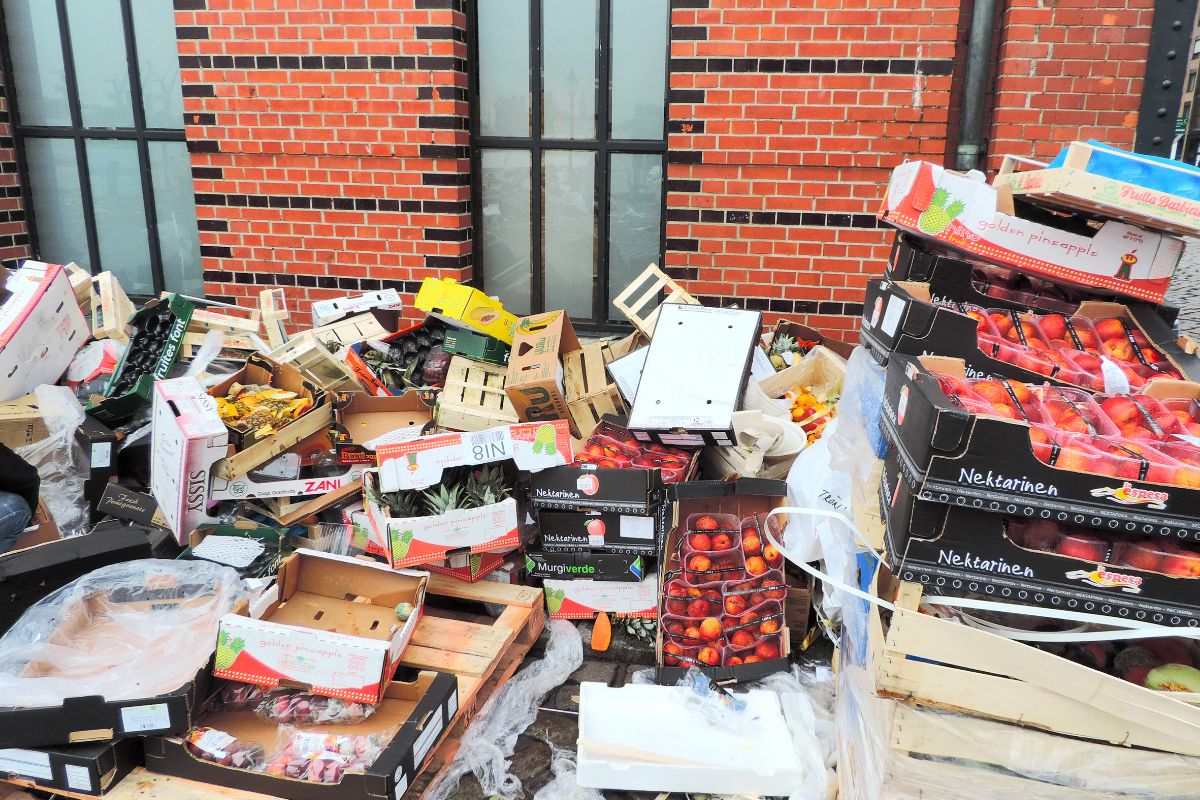Kenya secures funding to tackle climate change challenges
The United Nations (UN)-backed Green Climate Fund (GCF) has approved 50 million US dollars for key projects to bolster climate resilience and promote sustainable development in Kenya.
According to the UN food waste index, households account for about 42 percent of the food wastage.

Image source (iStock)
According to UN Food and Agriculture Organisation data, as many as 828 million people go to bed hungry every night, an increase of about 46 million from 2020. The worry is that the situation is likely to worsen this year. On the other hand, food wastage is widespread in developed countries, especially in the United States, which is an agricultural and trading powerhouse. In fact, food wastage in the US is a serious threat to world food security. The FAO estimates that about a third of the world’s food, or about 1.3 billion tons of food, is lost or wasted each year. However, the greatest concern is that the total amount of food wasted in developed countries each year is equivalent to the total food yield in sub-Saharan Africa. Notably, about 60 million tons of agricultural products, worth $160 billion, are wasted in the US every year, making it a “nation of waste”.
Wastage in the US food industry is rampant-a direct consequence of the US administration allowing capital to pursue commercial interests without any restraint. The US administration gives huge subsidies to the agricultural sector keeping in mind its political and economic interests. For instance, direct US government subsidies to maintain or boost the production of corn, soybean, wheat, livestock and other agricultural products in 2020 amounted to $45.7 billion. As a result, the cheap and sufficient supply of agricultural products sustained many large grain merchants. To stimulate consumption, the US also issues food stamps worth about $70 billion a year through programs such as the Supplemental Nutrition Assistance Program. And in 2021, the Joe Biden administration raised the welfare program allocation by 27 percent. Stimulated by huge amounts of subsidies, the US food industry has acquired an air of great prosperity, with restaurants’ revenue reaching $799 billion in 2021.
Advertisement
But what is gained very easily in the US is wasted even more easily. The UN Environment Programme’s “Food Waste Index Report 2021” says that per capita food wastage in US restaurants was 64 kilograms a year, about 2.5 times the average of high-income countries. Food wastage in US households is equally alarming, as the entire country seems to indulge ioverconsumption. Businesses often try to boost sales through promotional activities and oversized packaging, and by playing with the expiry date and “best before date” of products. Such measures attract new consumers and encourage existing customers to consume more, resulting in overbuying and discarding of still edible food.
Advertisement
According to the UN food waste index, households account for about 42 percent of the food wastage. Overconsumption of food, instead of being of any help to the people, seriously harms their health. The normal daily calorie intake of an adult is 1,600-3,000 kcal according to the “Dietary Guidelines for Americans 2020-25″, but in the US it usually goes up to 3,770 kcal a day. No wonder 74 percent of adults and 40 percent of children in the US are overweight or obese, and the incidence of chronic diseases among Americans is high.
Advertisement